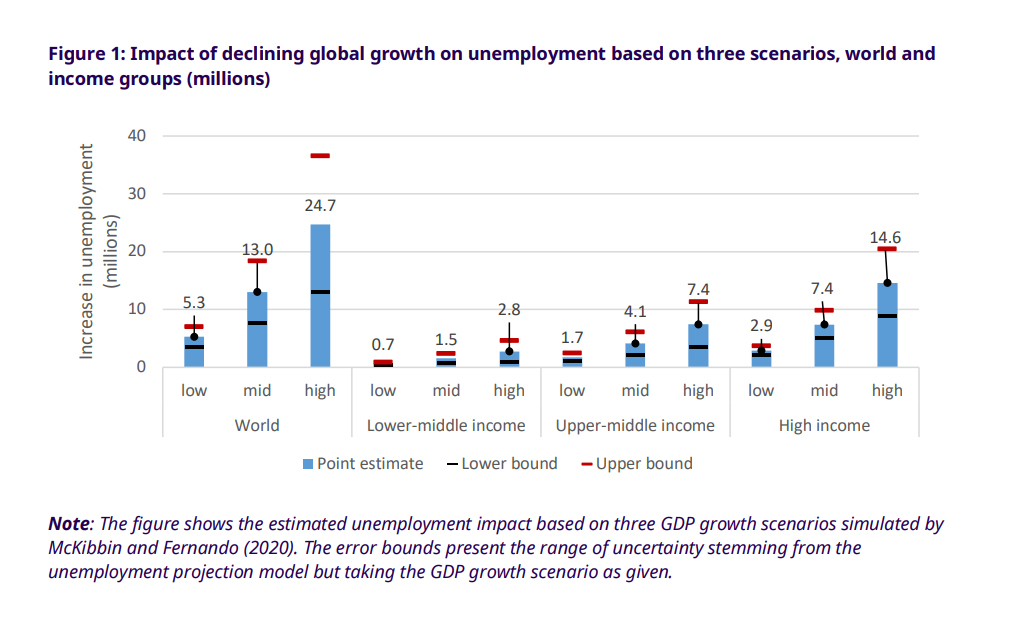The Economic Threat of COVID-19
Apart from being a public health threat, the COVID-19 pandemic is also becoming increasingly an economic threat.
The coronavirus crisis has hit the business world at an unprecedented scale and speed and on the verge of triggering a deceleration of global annual growth to below 2.5 per cent.
In a televised addressed last month, Chinese President Xi Jinping said that the economy will also feel the virus’ wrath.
“It is unavoidable that the novel coronavirus epidemic will have a considerable impact on the economy and society”
The scenario according to UNCTAD
A preliminary scenario forecasts that the most badly affected economies in be oil-exporting countries, commodity exporters, as well as those with robust trade linkages to the initially shocked economies.
Richard Kozul-Wright, Director at the United Nations Conference on Trade and Development (UNCTAD) said that the economic ambiguity COVID-19 has initiated will likely cost the global economy $1 trillion in 2020.
“We envisage a slowdown in the global economy to under two per cent for this year, and that will probably cost in the order of $1 trillion, compared with what people were forecasting back in September.”
Launching the UNCTAD report, Kozul-Wright said that few countries will be likely left unharmed by the virus’ financial impacts.
He further advised governments to spend now to prevent a more catastrophic meltdown in the coming years.
ILO recommends
The International Labour Organization (ILO) has also released its preliminary assessment concerning the possible impacts of COVID-19 on the workforce.
“This is no longer only a global health crisis, it is also a major labour market and economic crisis that is having a huge impact on people”, said ILO Director-General Guy Ryder.
According to their assessment, the virus and the subsequent economic shocks will impact the world of work across three key dimensions:
- The number of jobs (both unemployment and underemployment)
- The quality of work (e.g. wages and access to social protection)
- Effects on specific groups who are more vulnerable to adverse labour market outcomes.
Figures indicate a substantial rise in global unemployment of between 5.3 million to 24.7 million.

Underemployment is also expected to increase on a large scale. The shock to labour demand is likely to translate into significant downward adjustments to wages and working hours.
ILO calls for protection of workers in the workplace; stimulation of the economy and employment and supporting of jobs and incomes – with each to include measures to extend social protections and support employee retention as well as financial and tax relief.



